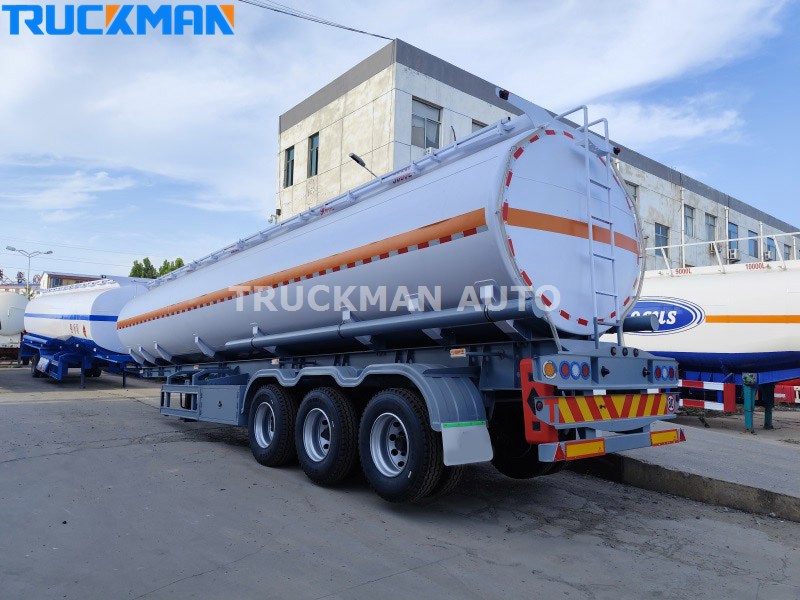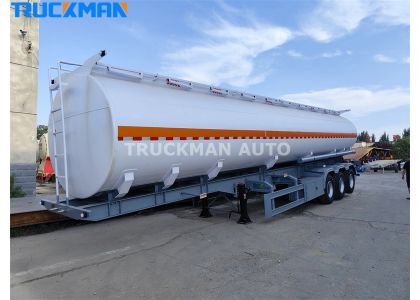
A client from Tanzania found our company through a Google search. He was looking for a tanker trailer. We added his contact information and recommended a 3 Axles 45000 Liters Diesel Gasoline Fuel Tank Trailer. Equipped with well-known brand parts, this trailer was reliable and affordable. The client was very satisfied with our recommendation and quickly paid a deposit. After receiving the deposit, our factory immediately began production, and the trailer was completed in just over a month.
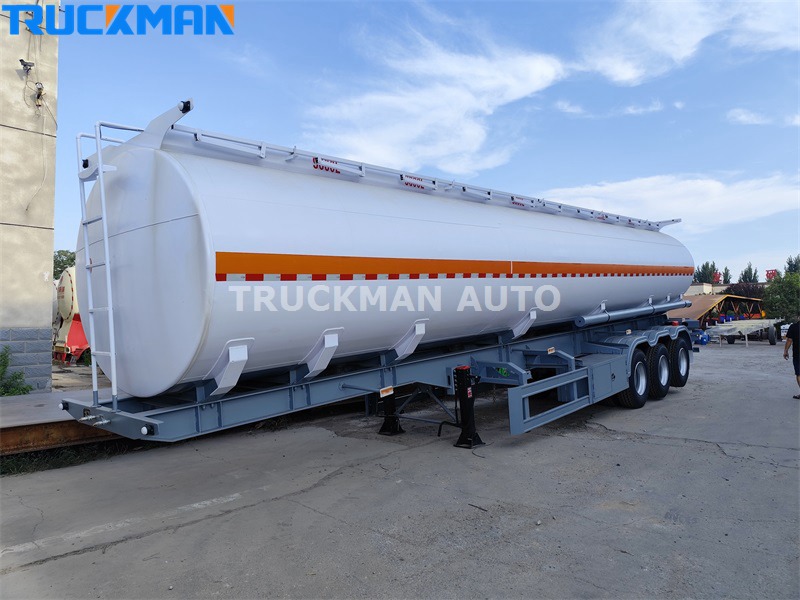
The fuel tank trailer utilizes advanced design concepts, taking road conditions into consideration to create the most durable tanker truck, especially for the African market. Its resistance to twisting, vibration, and impact ensures safe transportation. We offer tank trailers in carbon steel, stainless steel, or aluminum. The tank capacity can be customized to meet customer requirements, and different compartments can be configured to accommodate different liquids. Transporting flammable and explosive materials such as fuel, gasoline, palm oil, and asphalt often requires high quality, making tanker trucks particularly important.
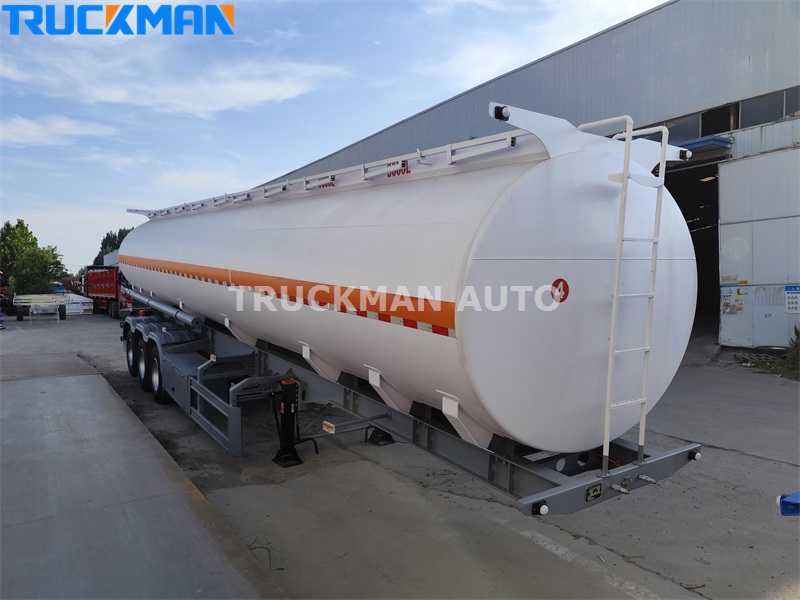
The fuel tank trailer can be equipped with an emergency relief device, primarily designed to quickly release pressure in the event of an abnormally high tank pressure (e.g., fire, high temperature, or other emergency situations), preventing the tank from rupturing or exploding due to overpressure. This device is typically used in conjunction with a breather valve. If the breather valve fails to release pressure in time, the emergency relief device automatically activates, ensuring the tank pressure remains within a safe range.
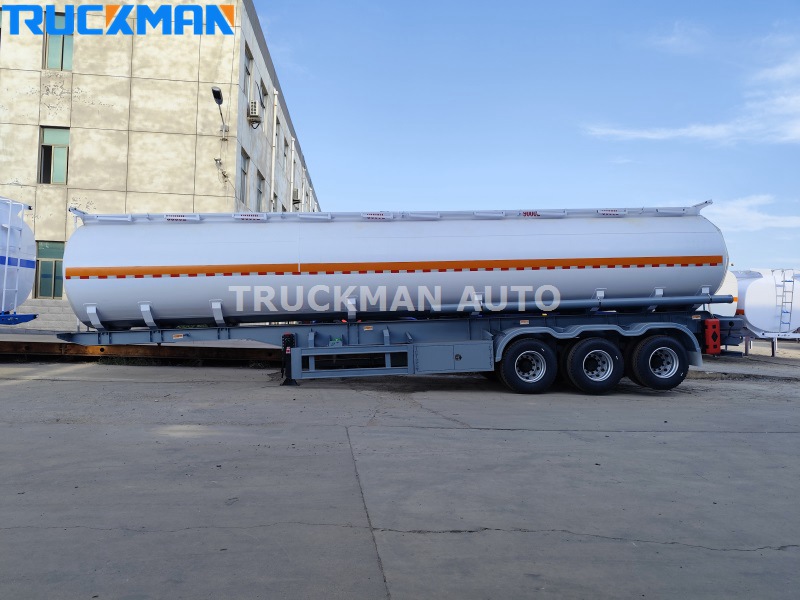
During routine maintenance, check the wave shield for signs of weld loss, looseness, or falling. Check the tank surface for signs of dents, deformation, or corrosion. If significant dents or deformations are detected, discontinue use immediately. The performance of the breathing valve must be tested using dedicated breathing valve testing equipment. This equipment should be able to detect the pressure of the breathing valve's outlet and inlet valves when they are open and closed. When the pressure inside the tank is 6-8 kPa higher than the external pressure, the air valve should open; when the pressure inside the tank is 2-3 kPa lower than the external pressure, the inlet valve should open.
